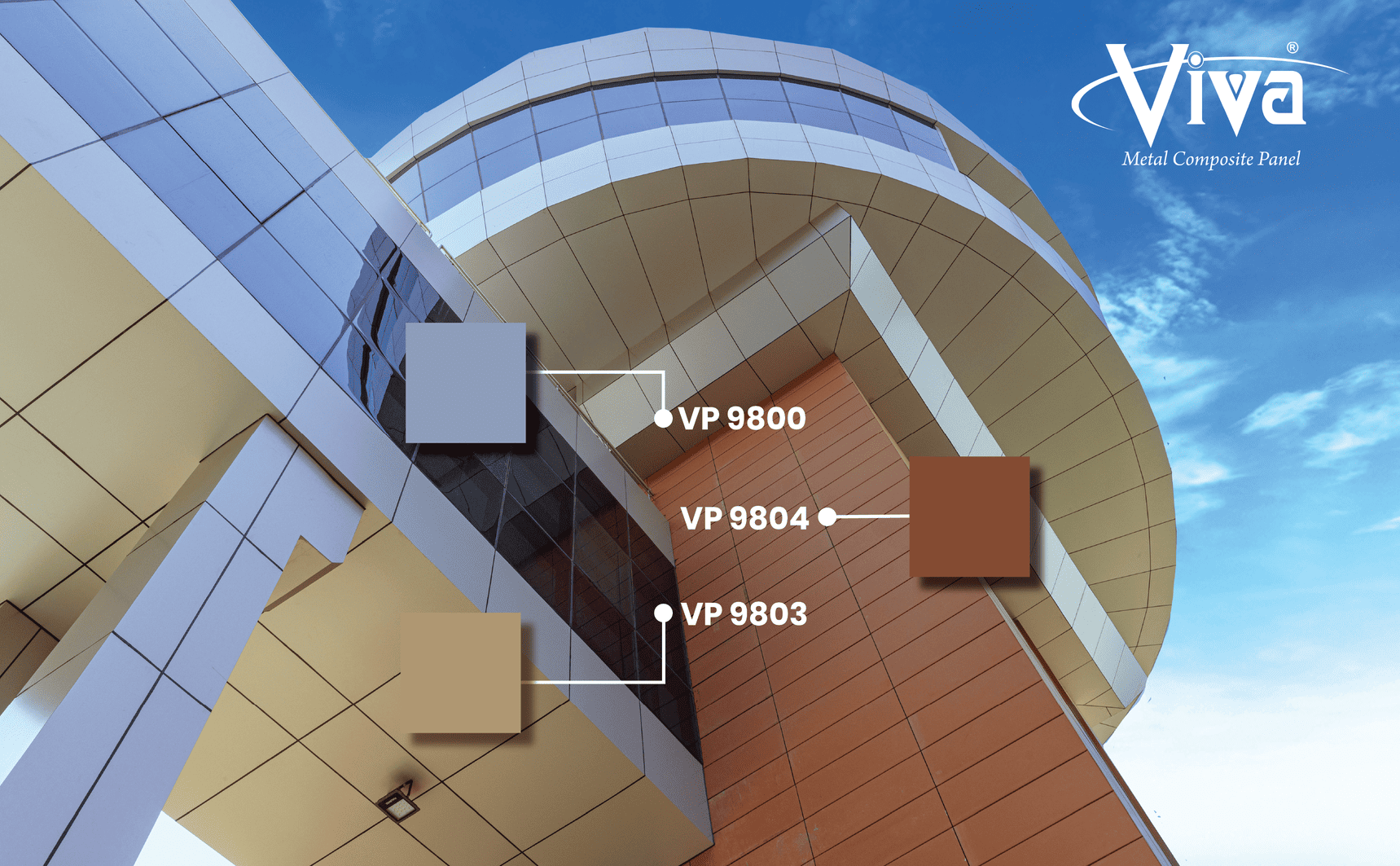
Cladding is the process of wrapping a building's walls with a different material. Cladding has become an essential component as a consequence of its growing popularity and intrinsic benefits. Interior and exterior cladding of buildings not only protects them from the elements but also adds to their aesthetic value. Previously, architects and builders had to make the difficult decision of which cladding material would be appropriate for their new building. However, since the introduction of ACP sheets, decorating a house has become a lot easier. However, timber is a popular cladding material that includes wooden sheets which give appealing looks to the building exterior. In new buildings and restorations, timber is commonly utilized instead of more typical wood kinds like plywood. Timber cladding has several advantages while on the other hand, has a lot of drawbacks, so it's crucial to research all options before making a decision.
Advantages of Timber Cladding:
There are a few benefits of Timber Cladding listed below:- Timber Cladding helps in both sound and heat insulation
- Timber cladding is only deemed sustainable if it can be constructed from renewable plant and animal components.
- It helps to regulate temperature
- It has long lasting values with aesthetic appeals
Disadvantages of Timber Cladding:
- To maintain its natural beauty and protect it from the weather, timber cladding needs regular painting.
- Prone to fungi, borer, termite, and pests.
- There is a high risk of spreading fire.
- Timbers get cracked and faded over time, if not installed properly.
- Timber Cladding is relatively expensive than ACP cladding
- It is difficult to install
- The weight of timber is a prohibitive problem for high-rise buildings.
Why Wooden ACP Sheets are the best alternative?
Timber, definitely gives the exterior of the building an aesthetic natural look, but it needs regular maintenance and is expensive. Whereas, ACP sheets are cutting-edge, high-tech material that cannot be compared to other types of materials. They were created using top-notch technologies to provide maximum benefit and performance.
Here are few advantages and disadvantages of Wooden ACP Sheet:
Advantages of wooden ACP sheet cladding:-
- Wooden ACP sheet comes with various textures which can give a real wood-like finish without affecting the natural timber
- It is a highly cost-effective material as compared to timber cladding
- It is light in weight but is a robust material for cladding
- Wooden ACP sheets are fungal, borer, termite, and pest resistant
- It is easy to install and has low maintenance
- Wooden ACP sheets are water and corrosion resistant
-
Viva has FR A2+ grade Aluminum Corrugated Composite Panel that doesn’t participate in combustion or generate any hazardous smoke during any fire event.
- Viva ACP sheets have anti-scratch and anti-bacterial qualities that set them apart from other cladding materials.
Disadvantages of wooden ACP sheet cladding:
-
During floods and storms, wooden ACP Cladding is sensitive to damage, but a competent installation method can eliminate this problem; in this instance, the Viva Rain Screen System is an excellent option for the installation of Aluminium Composite Sheet or ACP sheets.
-
The Viva Rain Screen System can prevent water leakage and silicone bleeding, both of which can detract from the aesthetics of wooden ACP cladding.
ACP Cladding or Wooden ACP Cladding, have strong physical qualities that make them an excellent cladding material for any building's façade or exterior. Furthermore, the ACP sheets are corrosion resistant, which means they can withstand any weather fluctuations.
To know more about wooden ACP sheets and their applications, call on our toll-free 1800 313 3770 number today or log on to vivaacp.com.





 en
en
 Spanish
Spanish Arabic
Arabic Swahili
Swahili French
French

